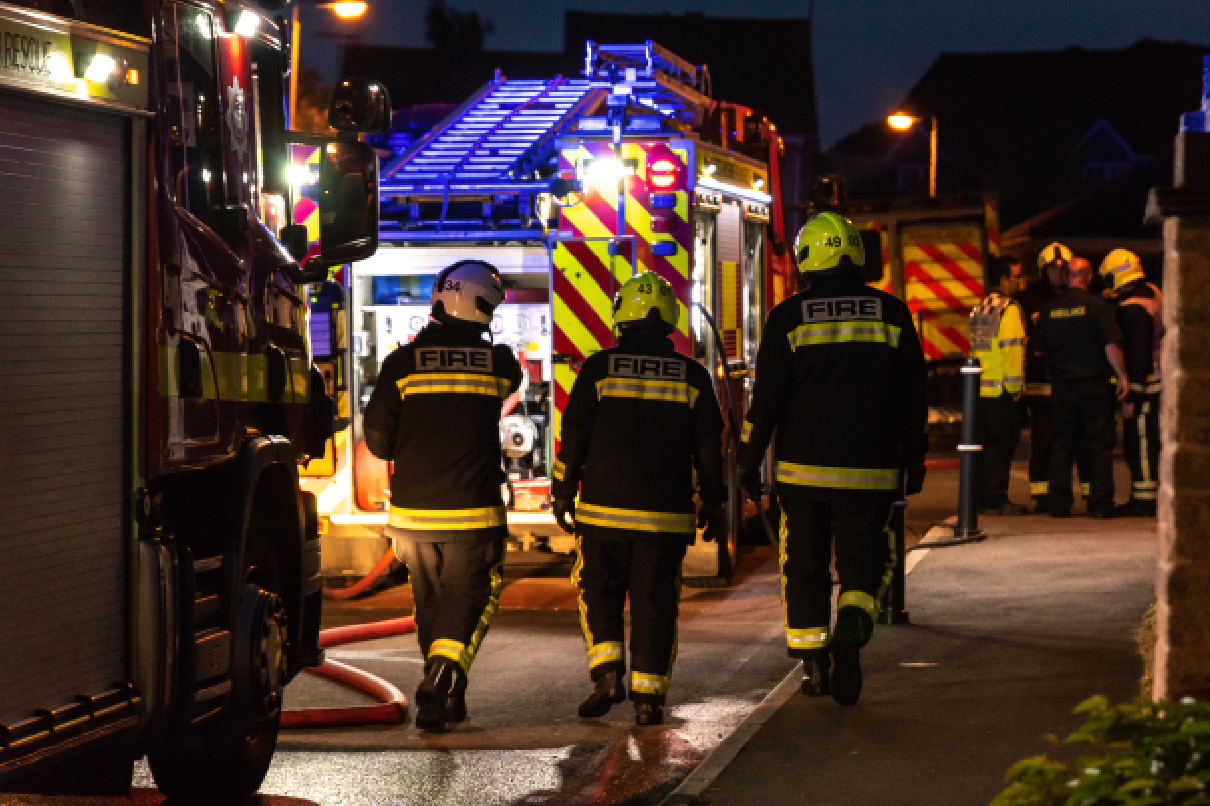
Fire safety protocols in the workplace are not only required by law but are crucial to the safety of employees and visitors, and the protection of property and equipment.
Workplace fires are commonly caused by defective or improperly used electrical equipment, and winter is peak time for these types of incidents. Risks can include, for example, space heaters in stockrooms containing an overflow of seasonal stock, overloaded electrical sockets or frayed wiring, or even a well-used canteen microwave that is not being cleaned regularly.
Poor workmanship, a lack of maintenance or insufficient fire safety knowledge can also lead to fire risk, which can be greatly reduced by fire safety awareness training and the commitment of management to ensure this is being carried out correctly.
Human error can be costly
An inquiry into a fire at a hotel resort on the banks of Loch Lomond, Scotland, in December 2017, revealed a management failing that led to the deaths of two guests.i The fire was caused by the porter emptying ash and embers from a fuel fire into a plastic bag, which was then stored in a cupboard alongside kindling and newspaper, causing the combustible material to ignite. The inquiry also heard that equipment for the roll call of guests in the event of an emergency was left behind in the evacuation. Cameron House Resort (Loch Lomond) Ltd was previously fined £500,000 in January 2021 and the inquiry is ongoing.
Conducting a fire safety risk assessment
The above case illustrates the importance of fire risk assessments and adequate staff training. In this case, fire risk assessments carried out at the premises in 2016 and 2017 found that there was no written policy in place covering the emptying of hot ash from open fires,ii and at the time of the fatal fire there was still no written procedure to follow.
Every organisation’s fire safety risk assessment will be different, but there are some things they should all have in common, including mitigating potential fire risks, having a defined evacuation plan, conducting regular fire drills and ensuring there is clarity on the nominated fire wardens. A fire risk assessment should also be reviewed on a regular basis—ideally every year.
Has your workplace usage or layout changed?
Over the last two to three years, many workplaces will have experienced changes in the way they have been used, either with fewer staff working on the premises, different approaches to layout or perhaps changing premises altogether. During this time, regular fire drills may not have been carried out, leaving staff members potentially unaware of the fire safety procedure, especially employees who are new to the company. If you have moved to new premises, you should always carry out a new risk assessment to ensure that you cover all aspects of fire safety relevant to your new space.
Risk management support from Gallagher
Our specialist team can carry out an audit of your fire risk safety precautions and risk assessments to help protect your business and your people. We also provide a range of risk management services, including health and safety, to help you manage your organisation’s risk proactively and meet your legal obligations. By taking this positive approach to your risk management, you may also find it is possible to lower your insurance premiums, improve your terms and reduce your claims.
To find out more, please get in touch with us below.


